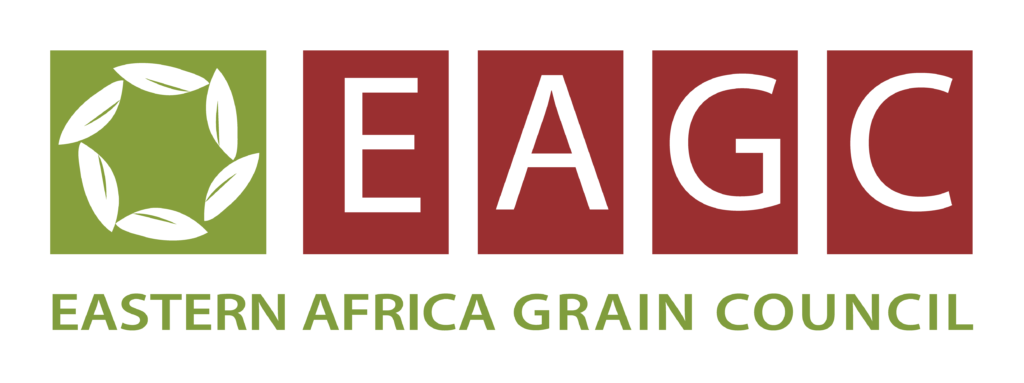EASTERN AFRICA: Food insecurity continues to persist across the Eastern Africa region driven by multiple shocks including rising food prices, the knock-on effects of conflicts, insecurity, is placement, migration, and destitution following loss of livelihood assets.
The Russia-Ukraine conflict has driven up already high global agricultural commodity prices. The grain prices have also reached all-time highs both in the global and domestic markets, casting a serious shadow on 2022 cereal harvests and food insecurity in the Eastern Africa Region, due to these combined effects of macroeconomic challenges and drought.
Fertilizer prices have also more than doubled from their levels a year ago due to the Russia-Ukraine conflict, rising energy prices and supply chain disruptions following the Covid-19 pandemic. There has also been a hike in fuel prices region-wide, rising by 17-75% in April 2022 year-on-year with the steepest increases observed in Burundi, Somalia, Kenya, Ethiopia, and South Sudan. This has impacted farmers’ ability to use farm machinery and transport and will further reduce their ability to grow sufficient crops this year.
While headline inflation increased during this Quarter in most of the countries of Eastern Africa, the food inflation increased even more rapidly while the currencies within the region became weaker resulting to decrease in economic growth. While maize has been seen to be the most traded grain during the quarter, cross border food trade has generally decreased greatly within the region because of high prices of commodities, transportation and high import and export levies. Grain prices of most staple food commodities have increased in the main producing countries such as Tanzania and Uganda due to high local and regional demand.

